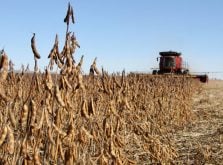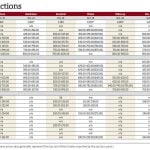The Canadian pork market hasn’t had time to react to Taiwan’s March 20 report of foot and mouth disease, although sources anticipate this could rescue the hog market from its downward turn.
Last week, the Saskatchewan 100 index average payment was $1.60 per kilogram. Alberta was down about $1 to $1.63. Manitoba’s average was the same.
The demand for beef at the retail end has been sluggish, forcing packers to hold cash prices on live cattle. Fed cattle prices were steady but buyers were only willing to pay better money for best quality. Discounts appeared for poor yields, dirty cattle and pregnant heifers.
Read Also

Pakistan reopens its doors to Canadian canola
Pakistan reopens its doors to Canadian canola after a three-year hiatus.
Fed steers were $84.50 to $87.65 and heifers were $83.75 to $87.65.
The cow market also slipped from last week. Average prices dipped $2 to $4 indicating the higher demand for cheaper cuts of boneless meat has declined from last month.
In feeder classes, prices were $1 to $2 lower because of anticipated lower demand in the summer for finished cattle. Overall trading volumes were down 21 percent compared to last week. Moving heavier feeders will be tougher in the next few weeks as most feedlots are at capacity.
The beef market was slightly better in the East and some improvements are anticipated across Canada after Easter.
In the lamb trade, last week’s closing prices were as follows: Lambs over 80 pounds liveweight were $1.25, new crop lambs traded as high as $1.40, Easter lambs, $1.50 and slaughter sheep were 40 cents. Goats were 50 cents.














